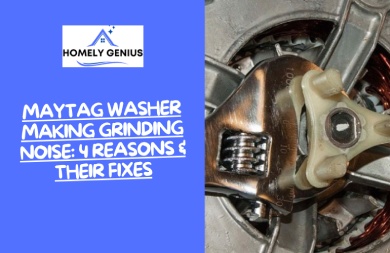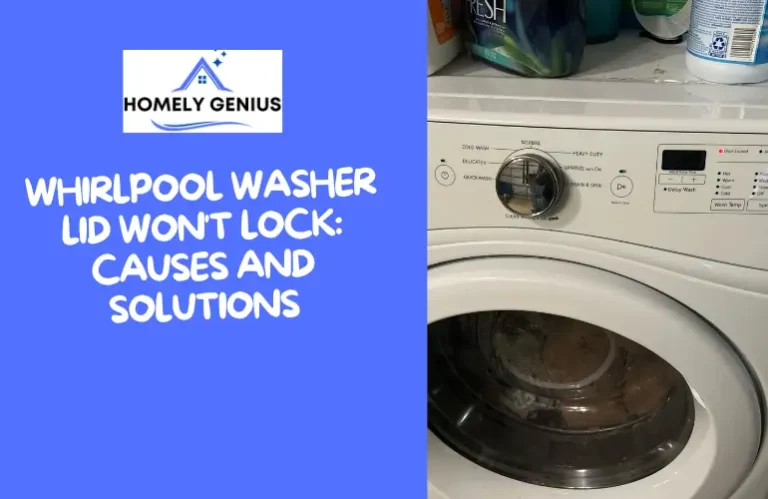Fix Whirlpool Washer: Step-by-Step Troubleshooting Guide
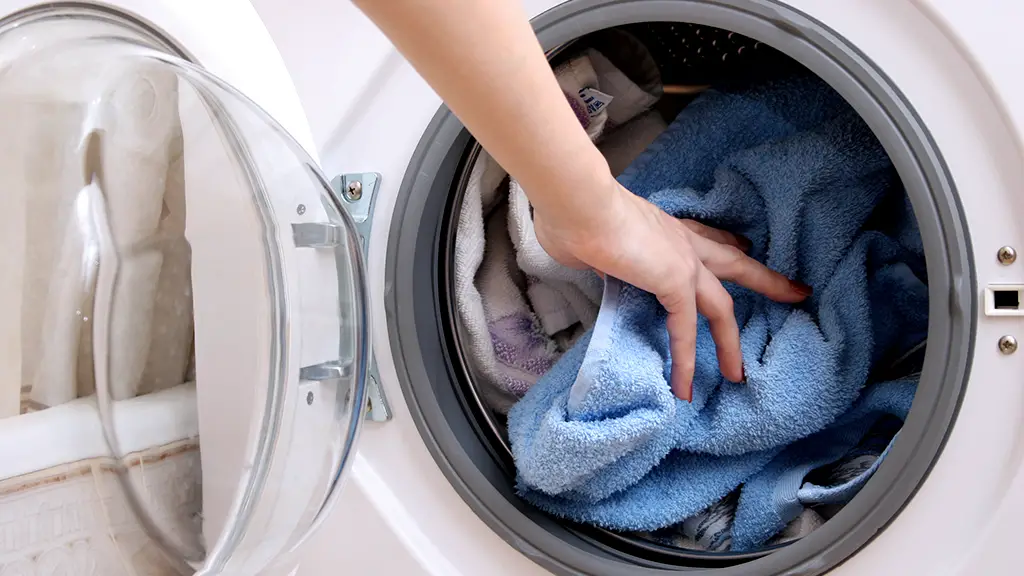
To fix a Whirlpool washer, check for common issues like power supply, water inlet, and drum balance. Consult the user manual for specific troubleshooting steps.
Whirlpool washers are known for their reliability, but occasional issues can arise. Diagnosing and resolving these problems promptly ensures your washer functions efficiently. Common problems include power supply disruptions, water inlet blockages, and unbalanced drums. Regular maintenance and quick troubleshooting can extend the lifespan of your washer.
Always start by checking simple issues before considering more complex repairs. This approach saves time and money, and often resolves the problem without professional help. Keeping your Whirlpool washer in top condition guarantees clean clothes and a smooth laundry routine.
Common Issues
Whirlpool washers are known for their durability, but they can have problems. Understanding these common issues can help you fix your washer quickly. Below are some frequent problems you may encounter with your Whirlpool washer.
Washer Not Starting
If your Whirlpool washer is not starting, there could be multiple reasons.
- Power Supply: Ensure that the washer is plugged in and the outlet is working.
- Door Lock: Check if the door is properly closed and locked.
- Control Panel: Look for any error codes on the control panel. Reset if needed.
- Start Button: Make sure you press the start button firmly.
Sometimes, a simple reset can solve the problem. Unplug the washer for a few minutes, then plug it back in.
Water Not Draining
Water not draining is another common issue with Whirlpool washers.
- Drain Hose: Check if the drain hose is kinked or clogged.
- Filter: Clean the washer’s filter to remove any blockages.
- Drain Pump: Inspect the drain pump for any obstructions.
- Error Codes: Look for any error codes on the display panel.
If the problem persists, you may need to replace the drain pump. Refer to your user manual for detailed instructions.

Credit: madebyalan.com
Tools Needed
Fixing a Whirlpool washer can be easy with the right tools. Whether you’re fixing a minor issue or performing a major repair, having the right tools is crucial. Below, we outline the essential tools you will need.
Basic Toolkit
A basic toolkit is essential for any Whirlpool washer repair. Here are the items you need:
- Screwdrivers: Both flathead and Phillips screwdrivers are crucial. They help you remove screws and panels.
- Wrench Set: A set of adjustable wrenches can handle different bolt sizes.
- Pliers: Needle-nose pliers are useful for gripping small objects.
- Socket Set: A socket set with various sizes is useful for tightening and loosening bolts.
- Flashlight: A flashlight helps you see in dark, tight spaces.
Specialized Tools
Sometimes, you need specialized tools for specific Whirlpool washer parts. Below are some specialized tools that can make your repair job easier:
| Tool | Use |
|---|---|
| Multimeter | Checks electrical connections and tests voltage. |
| Spanner Wrench | Used to remove the washer’s inner tub. |
| Putty Knife | Helps in prying open panels and covers. |
| Tub Nut Wrench | Specifically designed for Whirlpool washer tubs. |
| Spring Expansion Tool | Used to stretch and install springs. |
Having these tools ready can save you time and frustration. Your Whirlpool washer repair will be smoother and quicker.
Initial Checks
Before fixing your Whirlpool washer, start with some initial checks. These checks can save time and effort. Here are two critical checks: Power Supply and Water Supply.
Power Supply
Ensure your washer is plugged in correctly. Check the power cord for damage. A damaged cord can cause power issues. Verify the outlet is working. You can use a lamp to test the outlet.
Check the circuit breaker. Sometimes, the breaker trips, cutting power to the washer. Reset the breaker if needed. Also, some washers have a power switch. Make sure this switch is on.
Water Supply
First, check the water supply valves. These valves should be fully open. Closed valves prevent water flow. Inspect the hoses for kinks or damage. Damaged hoses can stop water from entering the washer.
Ensure the water pressure is adequate. Low water pressure can cause washing issues. You can test this by turning on a nearby faucet. Clean the inlet filters. Dirty filters can block water flow.
| Check | Description |
|---|---|
| Power Cord | Inspect for damage or wear. |
| Outlet | Test with a lamp or other device. |
| Circuit Breaker | Reset if it has tripped. |
| Power Switch | Ensure it is turned on. |
| Water Valves | Check if they are fully open. |
| Hoses | Look for kinks or damage. |
| Water Pressure | Test by turning on a faucet. |
| Inlet Filters | Clean if they are dirty. |
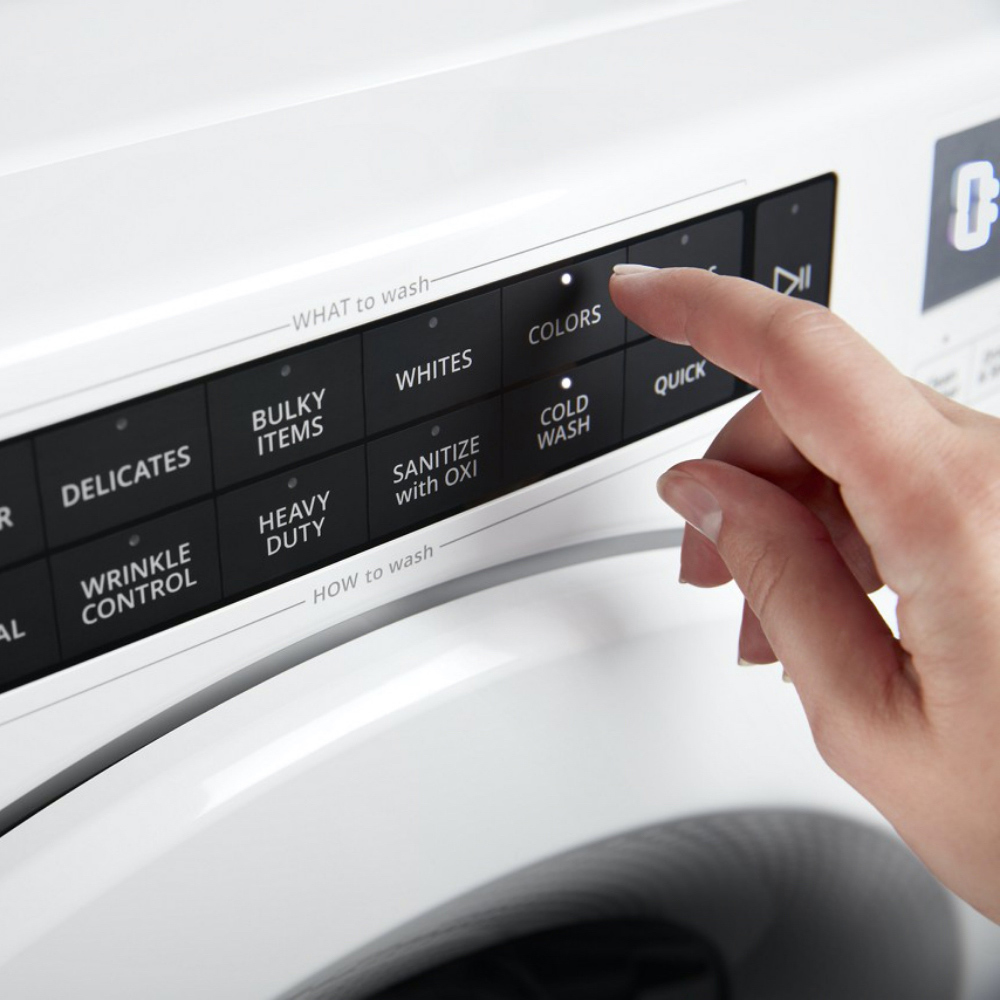
Credit: www.homedepot.com
Error Codes
Whirlpool washers are reliable but can show error codes. These codes help you identify issues. Understanding these codes can save time and money.
Interpreting Codes
Error codes on Whirlpool washers are like secret messages. Each code tells you about a specific problem. You need to know what these codes mean to fix the washer.
Below is a table to help you interpret common error codes:
| Error Code | Meaning |
|---|---|
| F01 | Electronic control board issue |
| F06 | Motor drive error |
| F09 | Overflow condition |
| F21 | Long drain time |
Common Codes Explained
Here are some common error codes explained:
- F01: This code means there’s an issue with the electronic control board. You may need to replace it.
- F06: This code indicates a motor drive error. Check the motor and drive belt.
- F09: This code suggests an overflow condition. Make sure the water level sensor is working.
- F21: This code means the washer is taking too long to drain. Check for clogs in the drain hose.
Understanding these codes can help you troubleshoot and fix your Whirlpool washer. Always refer to your washer’s manual for detailed instructions.
Fixing Drainage Problems
Is your Whirlpool washer not draining properly? This issue can be frustrating. Fixing drainage problems is crucial for maintaining your washer’s efficiency. Here are some steps to help you solve drainage problems.
Cleaning The Filter
First, unplug your washer. Safety is important. Locate the filter. It’s usually at the bottom front of the washer.
Open the filter cover. Use a towel to catch any water. Remove any debris or lint from the filter. A clean filter ensures smooth drainage.
Rinse the filter under running water. Make sure it’s completely clean. Replace the filter and close the cover.
Checking The Pump
Next, you need to check the pump. The pump is often behind the washer’s back panel.
Unscrew the back panel carefully. Locate the pump. Check for any blockages or obstructions. Remove any debris you find.
Examine the pump impeller. It should move freely. If it doesn’t, it may need replacement. Reassemble the back panel.
Plug in your washer and run a test cycle. Check if the drainage problem is resolved.

Credit: www.ifixit.com
Addressing Spin Issues
Whirlpool washers are known for their reliability, but they can face spin issues. When your washer doesn’t spin, it can be frustrating. Understanding the cause can help you fix it quickly. This guide will help you address common spin issues in your Whirlpool washer.
Balancing The Load
An unbalanced load is a common cause of spin issues. When the load is uneven, the washer can’t spin properly. Follow these steps to balance the load:
- Stop the washer and open the lid.
- Redistribute the clothes evenly inside the drum.
- Ensure heavy items are not all on one side.
- Close the lid and start the spin cycle again.
Balancing the load can often solve spin problems. Always check the load balance first.
Inspecting The Drive Belt
The drive belt connects the motor to the drum. If the belt is damaged, the drum won’t spin. Inspecting the drive belt involves:
- Unplug the washer and move it away from the wall.
- Remove the back panel to access the belt.
- Check for signs of wear, cracks, or breaks.
- If damaged, replace the belt with a new one.
A worn or broken drive belt can stop the spin cycle. Replacing the belt is a straightforward fix.
| Problem | Solution |
|---|---|
| Unbalanced Load | Redistribute clothes evenly |
| Worn Drive Belt | Inspect and replace belt |
Following these steps can help you fix spin issues in your Whirlpool washer. Always ensure the washer is unplugged before performing any checks or repairs.
Electrical Troubleshooting
Electrical issues can cause your Whirlpool washer to stop working. Understanding how to troubleshoot these problems is essential. This guide will help you check fuses and inspect wiring to solve electrical issues efficiently.
Checking Fuses
Begin by unplugging your washer to avoid electrical shock. Locate the fuse box, which is usually at the back of the washer. Open the fuse box carefully.
Inspect the fuses inside the box. A blown fuse will have a broken filament or be blackened. Use a multimeter to check for continuity. If the fuse is blown, replace it with a new one of the same rating.
Note: Always ensure the washer is unplugged before touching any electrical components.
Inspecting Wiring
Next, check the wiring inside the washer. Look for any loose or damaged wires. Tighten loose connections and replace damaged wires.
Ensure all wires are securely connected to their terminals. Use a multimeter to test for continuity in the wiring. If any wire fails the continuity test, replace it immediately.
Important: Only use wires that match the original specifications.
By following these steps, you can address electrical issues in your Whirlpool washer effectively. Regular inspection and maintenance can prevent future problems.
Preventative Maintenance
Keeping your Whirlpool washer in top shape requires preventative maintenance. Regular upkeep can prevent costly repairs. Below, we will discuss essential steps.
Regular Cleaning
Cleaning your washer regularly is crucial. It prevents mold and mildew. Follow these steps:
- Wipe the drum and door seal after each use.
- Run a cleaning cycle once a month.
- Use a washer cleaner for the best results.
Pay special attention to the detergent drawer. Residue can build up over time. Remove and clean it monthly. This ensures detergent flows freely.
Routine Inspections
Performing routine inspections can catch issues early. Inspect the following parts:
| Part | What to Check |
|---|---|
| Hoses | Look for leaks or cracks. |
| Door Seal | Ensure there is no mold or damage. |
| Drain Pump | Check for blockages. |
Inspect the hoses every six months. Replace them if they show wear. Check the door seal weekly. This prevents water leakage.
Don’t forget to examine the drain pump. Clean it if you find debris. Doing this monthly keeps the washer running smoothly.
Frequently Asked Questions
What Is The Most Common Problem With Whirlpool Washers?
The most common problem with Whirlpool washers is a failure to drain properly. This issue often stems from clogged drain hoses or faulty pumps. Regular maintenance can help prevent this issue and ensure your washer operates efficiently.
How Do You Reset A Whirlpool Washing Machine?
To reset a Whirlpool washing machine, unplug it for one minute. Then, plug it back in and select a new cycle.
Why Is My Whirlpool Washer Not Running?
Your Whirlpool washer might not run due to power issues, a faulty door latch, or a clogged drain. Check these components.
How Much Does It Cost To Repair A Whirlpool Washer?
Repairing a Whirlpool washer typically costs between $150 and $400. Prices vary based on the issue and part replacement.
How To Reset A Whirlpool Washer?
To reset your Whirlpool washer, unplug it for one minute, then plug it back in and restart.
Why Is My Whirlpool Washer Not Spinning?
Your Whirlpool washer may not spin due to a faulty lid switch, drive belt, or motor coupling.
How To Fix Whirlpool Washer Error Codes?
Consult your washer’s manual to identify error codes and follow troubleshooting steps for each specific code.
Why Is My Whirlpool Washer Leaking Water?
A Whirlpool washer may leak due to a damaged hose, faulty pump, or worn door seal.
Conclusion
Fixing your Whirlpool washer can be straightforward with the right guidance. Follow these simple steps for a hassle-free repair. Always prioritize safety and consult the manual. Proper maintenance ensures longevity and optimal performance. Keep your washer running smoothly to save time and money.
Happy washing!

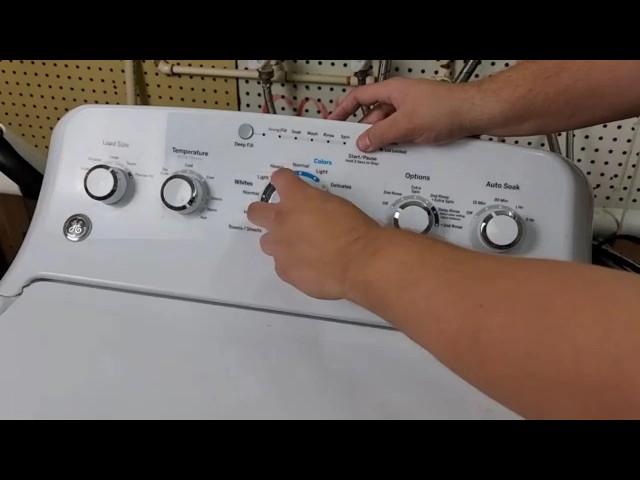
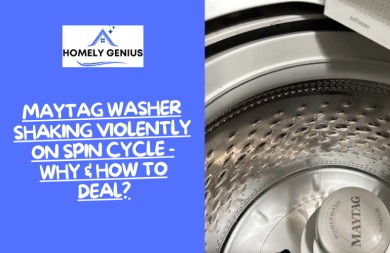
![Whirlpool Washer Stuck on Rinse [6 Possible Causes & Fixes]](https://homelygenius.com/wp-content/uploads/2023/09/whirlpool-washer-stuck-on-rinse-1.jpg)
